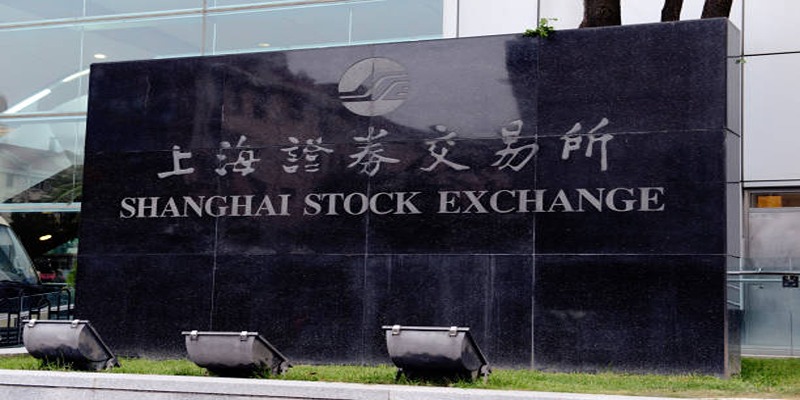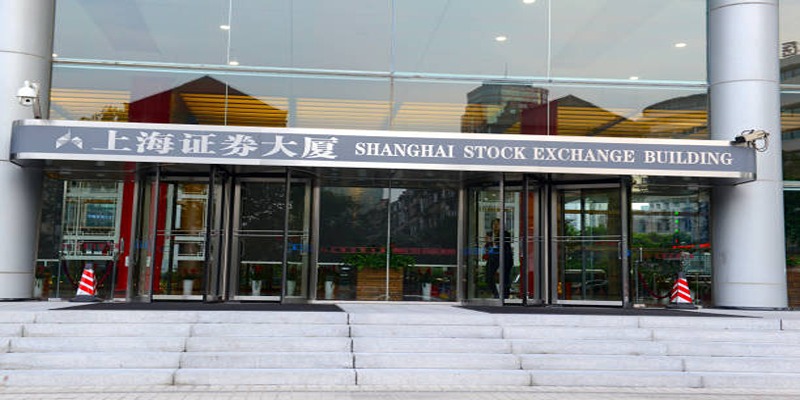Shanghai Stock Exchange: An Overview and Operational Insight
Sep 30, 2024 By Susan Kelly
The Shanghai Stock Exchange (SSE) stands as one of China's primary financial hubs and is among the largest stock exchanges in the world by market capitalization. Established in 1990, the SSE plays a crucial role in the Chinese economy by providing a platform for securities trading, including stocks, bonds, and derivatives. With its headquarters situated in Shanghai, the exchange serves as a gateway for domestic and international investors seeking to participate in China's rapidly growing markets. The SSE is characterized by its rigorous regulatory framework, which ensures transparency and investor protection. As a key component of China's financial architecture, the SSE supports the country's economic development by facilitating capital formation and resource allocation. Understanding its operations provides valuable insights into global financial trends and investment opportunities.
History of the Shanghai Stock Exchange

The history of the Shanghai Stock Exchange can be traced back to the 1860s when Western-style securities trading began in China. However, it wasn't until 1891 that the first formal Chinese stock exchange was established in Shanghai by foreign investors. After going through several iterations and being suspended during political turmoil, the SSE was officially re-established in November 1990 as a state-owned company.
In its early years, the SSE primarily traded government bonds and only allowed domestic companies with strong financial backgrounds to list their shares. However, with China's economic reforms and opening up to foreign investment in the late 1990s, more types of securities were introduced, and the SSE gradually expanded to include listings from foreign companies.
How the Shanghai Stock Exchange Works?
The SSE operates through a market maker system, with designated brokers known as "securities dealers" who act as intermediaries between buyers and sellers. These dealers are responsible for maintaining liquidity and facilitating trading on the exchange.
Companies must meet strict requirements to be listed on the SSE, including profitability, transparency, and corporate governance standards. Once listed, companies must comply with ongoing reporting and disclosure obligations to ensure transparency and protect investors' interests.
Investors can trade securities on the SSE through various channels, including brokerage firms, fund managers, and individual traders. The exchange is open for trading Monday to Friday from 9:30 am to 3:00 pm local time.
Market Performance of the Shanghai Stock Exchange
Since its inception, the SSE has experienced significant growth both in terms of market size and trading volume. In 1990, the total market capitalization of listed companies on the SSE was around RMB70 billion (US$10.9 billion), while by January 2021, it had reached over RMB49 trillion (US$7.6 trillion). This impressive growth is due to China's strong economic growth, government support for capital markets development, and increasing participation from domestic and international investors.
As a leading indicator of China's economy, the performance of the SSE is closely watched by investors worldwide. In recent years, the SSE has faced challenges such as market volatility and stricter regulatory measures, but it remains a competitive and attractive investment destination for both domestic and international investors.
Structure and Components of the Shanghai Stock Exchange
The Shanghai Stock Exchange operates on a comprehensive structure that includes several key components designed to ensure efficient trading and robust market operations. Central to its framework is the division between two main board categories: the Main Board and the STAR Market. The Main Board consists of well-established companies across various sectors, providing a platform for securities such as A-shares and B-shares. A-shares are denominated in the local currency, renminbi, and are primarily available to domestic investors, though with Qualified Foreign Institutional Investor (QFII) status, foreign investors can also participate. Conversely, B-shares are denominated in foreign currencies like US dollars and are open to both domestic and foreign investors.
An innovative addition to the SSE's structure is the Science and Technology Innovation Board (commonly referred to as the STAR Market), launched in 2019. The STAR Market focuses on high-growth, tech-driven companies and represents China's push towards innovation-led economic transformation. This board is unique in its adoption of a registration-based IPO system, differentiating it from the approval-based processes on other Chinese markets, thereby streamlining the listing procedure and supporting tech firms' capital acquisition efforts.
Recent Developments and Future Outlook

In recent years, the Shanghai Stock Exchange has undergone several critical developments aimed at enhancing its global competitiveness and market efficiency. One significant initiative is the Stock Connect program, an innovative cross-boundary investment channel that connects the SSE with the Hong Kong Stock Exchange, enabling mutual market access between mainland China and international investors. This program has been pivotal in attracting foreign capital and integrating China's financial markets with global ecosystems.
Moreover, the SSE has embraced digital transformation by implementing advanced trading technologies and cybersecurity measures to enhance trading safety and efficiency. The introduction of artificial intelligence and big data analytics for real-time monitoring and risk assessment underscores its commitment to technological advancement.
Looking ahead, the SSE is poised to continue its growth trajectory, driven by China's ongoing economic development and reform policies aimed at liberalizing financial markets. The exchange is expected to leverage its strong regulatory framework and innovative initiatives, such as the ever-evolving STAR Market, to remain a focal point for technology-driven listings. As China increasingly positions itself as a major player in the global economy, the SSE's role in facilitating international investment and supporting sustainable economic growth will likely expand, providing ample opportunities for investors worldwide.
Conclusion
The Shanghai Stock Exchange stands as a testament to the dynamic nature of China's financial landscape. Since its establishment, it has profoundly evolved from strictly trading domestic government bonds to becoming a pivotal player on the global stage. Through initiatives like the STAR Market and the Stock Connect program, the SSE has not only promoted domestic innovation and market growth but also seamlessly integrated with global financial systems. As China continues its path toward economic modernization and market liberalization, the SSE is positioned to play a crucial role in connecting international investors with the opportunities offered by the rapidly expanding Chinese market.








